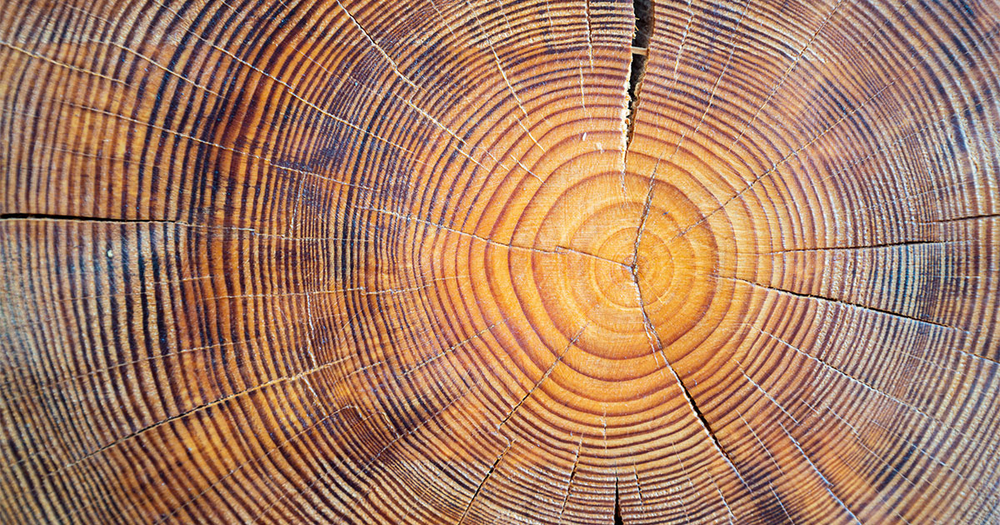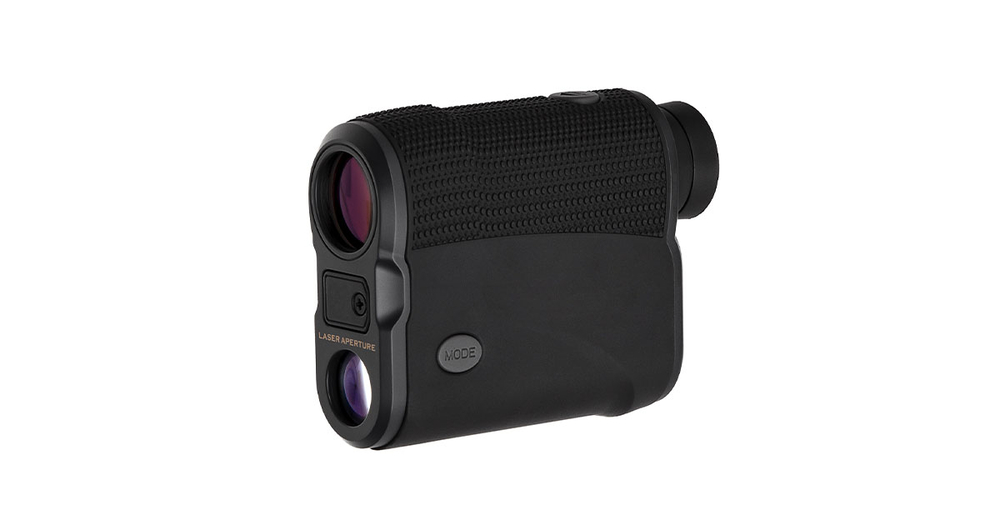
Woodland owners routinely measure elements of a forest, such as property acreage, boundaries, ground slope, standing timber characteristics, and log volumes. Measurements have become even more important as people increasingly understand the ecological importance of forestry.
Over the years, many sophisticated instruments have been developed to make forestry measurements. However, the majority of measurements require only a few simple and inexpensive pieces of equipment. Investing in the right equipment can go a long way toward best forestry practices.
The tools listed below are some of the most integral equipment to a forester’s toolkit. While not exhaustive, this offers a great start to being equipped to handle many of the basic forestry tasks.
In order to manage, buy, and sell standing timber, it is necessary to measure trees’ diameters. Diameter tape is used to measure a tree’s diameter, usually at breast height. This is called the Diameter Breast Height (or DBH).
Diameter tape is unique because it has regular length measurements on one side and diameter conversions on the other. The Lufkin Artisan Diameter Tree Tape features a rugged, vinyl-covered steel case and a special claw hook designed for anchoring in tree bark at $129.60 per tape roll.
The Spencer Logging Diameter AutoRewind Tape is 75 ft long and costs just $60.00. It features automatic rewind, an aluminum case, and an active bumper to cushion the blade tip.
Logger tape is a self-retracting reel tape that foresters use to measure felled timber. A horseshoe nail holds the end of the tape in place while the forester makes a measurement. Once completed, a gentle tug will make the nail release and the tape will rewind. The reels are built to withstand rough treatment in the elements.
Tree calipers offer more precise data when measuring tree and log diameters. However, compared to diameter tape, they are cumbersome. This means foresters only use them when the measurement needs to be precise.
A clinometer is used to measure vertical angles, such as ground slope, road grade, or tree height. This handheld instrument comes in many models. The best models have degree and percent scales.
Suunto Clinometers are used to measure tree heights, vertical angles, and slopes all over the world by foresters, surveyors, engineers, cartographers, and more and can be purchased for $231.
The Brunton Omni-Slope Sighting Clinometeris just $169.95. This product offers fast and accurate readings, whether you are measuring the height of a tree, avalanche danger, or judging the pitch of a cave.
A handheld compass measures direction in degrees. Compasses are used to establish plots and determine property lines. A handheld compass is sufficient for most forestry purposes and its compact frame makes it easy to carry. In order to get the most accurate readings, hold the compass level while using.
Compasses come at various prices and abilities, depending on what you are looking for. Compasses such as the Brunton TruArc 3 are reliable and trusted for just $19.95 per compass. Other compasses offer more to extend their abilities. The SILVA Ranger 2.0 Quad Compass, at $49.49 per compass, features a mirror, slope card, and distance lanyard.
The Brunton Omni-Sight Sighting Compass features special aluminum housing to ensure ruggedness and a rare earth magnet that ensures exceptional accuracy, all for $169.95. Finally, the GEO Pocket Transit is most notable for its hinge inclinometer that reduces the number of measurements required in the field by allowing for simultaneous trend and plunge measurements. This high-quality tool costs $719.95.
The Biltmore stick is used to measure tree diameters at DBH. The tool, shaped like a yardstick, can help you calculate the diameter based on the principle of similar triangles.
To use, you stand 25 inches from the tree and hold the Biltmore stick so that it is flush with the tree. Using only one eye, you then line up the left side of the stick with the left edge of the tree. Then, line the right edge of the tree with the corresponding number on the Biltmore stick. This is the first diameter measurement. Confirm by repeating the process on the others side of the tree, and take the average of your two measurements.
The basal area is the measurement of the cross-sectional area of a given tree trunk, measured in square feet at DBH. The basal area of a section of a forest is the sum of the basal areas of individual trees (measured in square feet per acre).
An angle gauge is used to measure the average basal area within a given area. This tool, which is held from a fixed distance from the eye to function properly, quickly measures whether a tree in inside or outside of a given plot.
The wedge prism is a wedge-shaped piece of glass that deflects the tree trunk image when viewed. They are available in a range of dimensions to fit the size of the trees being measured.
Tree borers allow foresters to extract core samples from trees. The increment borer extracts a small straw-shaped sample (generally 0.2 inches in diameter) that runs from the bark to the center of the tree. By examining the tree rings, the forester can determine the age, growth rate, and soundness of the tree.
Borer lengths vary in two-inch increments. They range from an 8-inch minimum to a much larger sampling depth.
The hole can introduce decay into the trunk. In order to prevent decay, trees are limited to one bore every six years. Furthermore, the forester reinserts the extracted core back into the hole after it has been used.

Laser rangefinders allow foresters to measure distances, angles, and heights. With this high-tech instrument, foresters can look through the viewfinder and have the machine calculate the measurements of the different points where they direct the rangefinder.
For a price of $450, the Laser Technology TruPulse 200L was designed to make professional measurements at a low cost. It uses TruTargeting technology and premium built-in features for reliable results. Or, you can opt for the Laser Technology TruPulse 200X for $1,995. This instrument can instantly measure slope distance, and inclination and calculate the horizontal and vertical distance with a single push of a button.
Foresters use GPS systems for many tasks, but most often to mark the location of features in a forest plot. GPS systems allow you to make a point at a location of interest so that you can revisit that spot later on.
You can consider buying a GPS system or downloading a phone app such as Avenza. Visit the Southern Regional Extension Forestry website for more examples of apps. For the most accuracy, cheap apps may not always be reliable. In cases where precision is vital, licensed surveyors using high-quality GPS systems are your best bet.
Not every visit into the forest merits tree marking paint. However, there are times of the year when paint is a useful device. For instance, tree marking can be used to show which trees should be cut before a harvest.
Aervoe Tree Marking Paint is fast drying, has excellent adhesion, and can be bought for a price of $5.63 per case. Aervoe Wet Coat Tree Marking Paint is built for wet conditions. It is built to mix with the water in wet wood allowing the paint to penetrate deep into the pores of the lumber.
Foresters may need to write down a note to remember what they have measured while out in the forests. For this reason, it is important to carry a notebook while working.
That said, a standard notebook is a risky proposition. In case of rain, it is best to carry a notebook that is built to weather the elements. This could prevent you from losing all of your data. A wide range of forestry field books is available to help you meet this need.
Forest owners have many responsibilities to measure the trees on their property. Providing workers with the appropriate instruments to measure tree height, diameter, distances, and more will make for more accurate data and more efficient use of time.